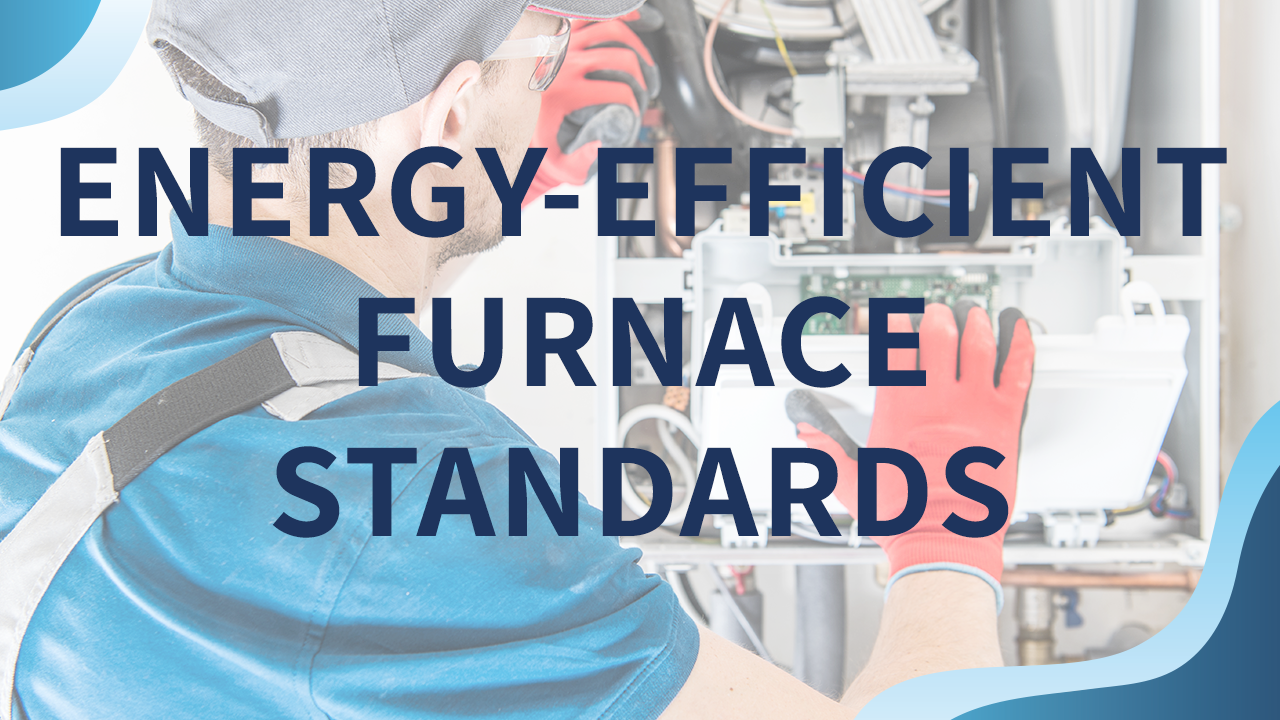As the world becomes more conscious of the environmental impact of human activity, the need for energy-efficient building systems has become increasingly urgent. Energy-efficient buildings offer numerous benefits, including reduced energy costs, improved indoor air quality, and a reduced carbon footprint. Among the cities leading the way in this area is New York, where the government has implemented several policies to encourage the adoption of energy-efficient building systems. This has led to the emergence of several innovative building designs and technologies that not only conserve energy but also improve the comfort and well-being of building occupants.
Motili, a leading HVAC services provider, understands the importance of energy-efficient building systems and is committed to helping owners and operators adopt sustainable practices.
In this article, we will explore the benefits of energy-efficient building systems, the technologies and strategies that can be used to achieve them, and the role that Motili can play in helping building owners and operators adopt these practices.


The Top Benefits of Energy-Efficient Building Systems for HVAC Providers
As concerns about the environmental impact of human activity continue to grow, energy-efficient building systems have become a popular solution to reduce carbon footprints and conserve resources. HVAC providers are at the forefront of this movement, providing the equipment and expertise necessary to make buildings more energy-efficient. Energy-efficient building systems offer numerous benefits for building owners and occupants, including lower energy bills, improved indoor air quality, and increased comfort and productivity. In this article, we will explore the top benefits of energy-efficient building systems from the perspective of HVAC providers.
We will also discuss some strategies and technologies that HVAC providers can use to help building owners and operators achieve these benefits.
- Lower energy bills for building owners and occupants
- Reduced wear and tear on HVAC equipment, resulting in lower maintenance costs and fewer breakdowns
- Improved indoor air quality due to better ventilation systems and the use of low-emission building materials
- Enhanced occupant comfort and productivity due to improved temperature and humidity control
- Reduced carbon footprint and greenhouse gas emissions, contributing to a more sustainable environment
- Compliance with local building codes and regulations regarding energy efficiency
- Increased property value and marketability for energy-efficient buildings
- Potential for incentives and rebates from government agencies or utility companies for implementing energy-efficient building systems
New York Sets The Stage for Reducing Building Emissions and Meeting Climate Change Deadline
The United States might have pulled out of the historic Paris Agreement to combat global climate change. Still, New York City is leading a pack of localities taking the reins in energy conservation and pollution control. The city’s Climate Mobilization Act, enacted in April, introduced various new regulations targeting the energy performance of the city’s buildings.
Commercial and multi-family buildings contribute almost 70 percent of New York’s annual 50 million metric tons of carbon emissions – and 95 percent of electricity usage – so the plan can make a marked difference toward the city’s climate goals. The regulations also set the tone for the nation to meet the goals established by the Paris Agreement, one city at a time.
“We are on the precipice of climate disaster, and New York City is acting,” Corey Johnson, the council speaker, said in a statement on Twitter. “I hope other cities follow suit.”
Climate Mobilization Act
The Climate Mobilization Act mirrors much of the proposed Green New Deal policy but at a municipal level. Not only does it cap emissions for certain buildings over 25,000 square feet – about 50,000 NYC buildings in total – but it establishes steep fines and other penalties for property owners who miss the targets. In addition, landlords of the worst-offending properties have until 2024 to retrofit buildings with energy-efficient windows, heating systems, and insulation with a city-wide goal to cut 40 percent of emissions by 2030 and 80 percent by 2050.
Supporters of the legislation purport it establishes New York as a global leader in cutting climate-impacting pollution. In addition, the rules will create more than 3,600 construction jobs per year in the city and an additional 4,400 in the city maintenance and other building services.


“This legislation will radically change the energy footprint of the built environment and will pay off in the long run with energy costs expected to rise and new business opportunities that will be generated by this forward thinking and radical policy,” Timur Dogan, an architect and building scientist at Cornell University, told HuffPost.
The Climate Mobilization Act doesn’t stop regulating building emissions. The regulations also established a loan program for renewable energy improvements, as well as mandates that the roofs of certain buildings are covered with plants, solar panels, or small wind turbines.
The act even ordered a 2-year study into the feasibility of replacing all 24 oil- and gas-burning power plants within NYC city limits with renewable energy and batteries. Houses of worship and rent-regulated apartment buildings are exempt from the new rules.
Implementation and Impact
While plenty of cities require building owners to disclose energy usage and have implemented voluntary standards, New York takes the measures further by attaching fines to its ideals. Building owners who fail to meet their carbon reduction requirements will be fined $268 for every ton of carbon over the limit. That sounds very important compared to the cost of building upgrades. Still, the largest properties could be charged millions each year.
Combining the possibility of a fine with the cost savings from making energy-efficient building improvements and meeting the emissions goals becomes a no-brainer. Experts agree that most buildings should be able to increase their energy efficiency reasonably quickly.
“Buildings in the U.S., and certainly commercial buildings, have been incredibly sloppy in their energy use,” Carnegie Mellon professor of architecture Vivian Loftness told CityLab. “We’ve got mechanical systems that are running at 50 percent efficiency, whereas there are things on the market that will run at 95 percent efficiency. So we’ve got a lot of room for upgrades for boilers and chillers, air-handling units, control systems—there’s so much room in just the hardware of buildings.”
Of course, while the available upgrades are apparent, they do not come without a cost. According to the NYC mayor’s office, the upgrades necessary to meet the emissions requirements ultimately will cost about $4 billion. Property owners likely balk at the estimated financial burden without comparing it to long-term savings. Still, not all improvements will cost an arm and a leg. Fortunately, guidance is available.
“Building owners and property developers are experts in their fields, but that is not always so when it comes to energy efficiency and sustainability,” Evolution Energy Partners Vice President of Engineering Rob Holdsworth told Bisnow. “We can show them that there are greener ways to run their facilities that benefit both the environment and their bottom lines.”


Setting a Precedent
New York City’s aggressive plan to combat climate change increases the odds that other large cities will follow suit to reduce building emissions. New York state, for example, is investing in energy efficiency through grants to finance building improvements.
More than 25 U.S. cities, including Los Angeles, Boston, Philadelphia, and Seattle – as well as California and Washington – already have developed strict emissions policies.
In Washington, D.C., properties exceeding 50,000 square feet are required to comply with energy performance standards; those that don’t are moved into an advisory status. Likewise, San Francisco now requires large buildings to use renewable electricity.
Many states and local governments offer residents ways to finance their energy retrofits through property-assessed clean energy – PACE – programs, such as the one introduced in New York to support the Climate Mobilization Act.
Likewise, according to California law, the state’s utility companies cover the cost of energy-efficient improvements. This concept certainly could help New York City building owners meet the costs of enhancements. Utility companies cover those costs, and customers pay them back over time through utility bills.
“Rather than you, the building owner, having to come up with the money, the utility is coming up with the money and taking the payback through the energy savings,” Loftness said. “Your bill stays the same, but ten years later, you’ve paid back the ‘loan’ of what they invested in the building.”












